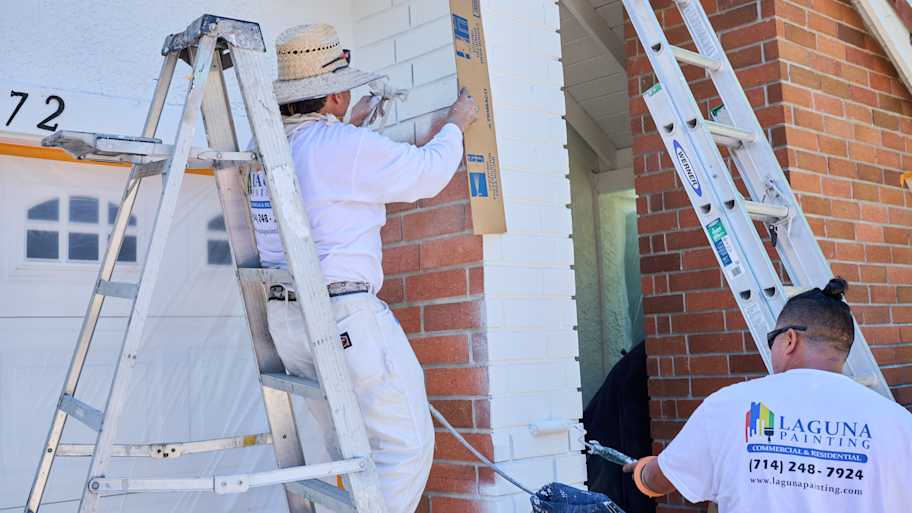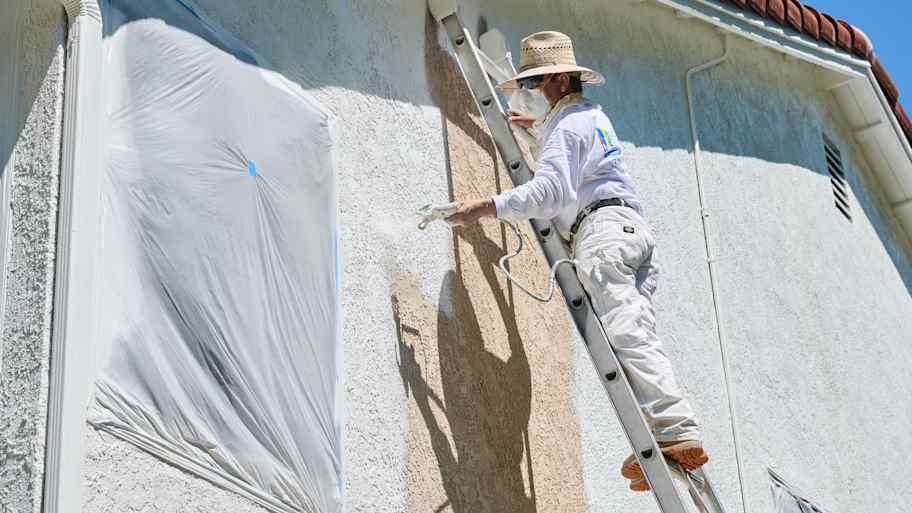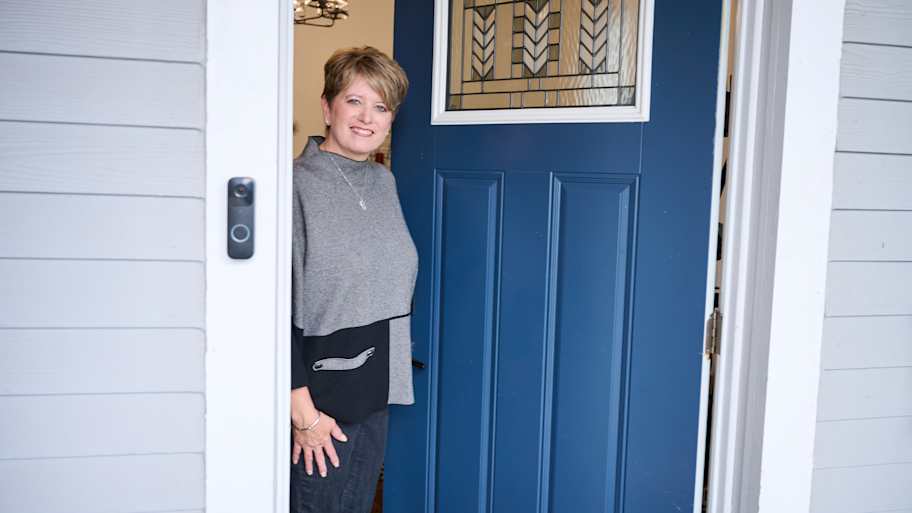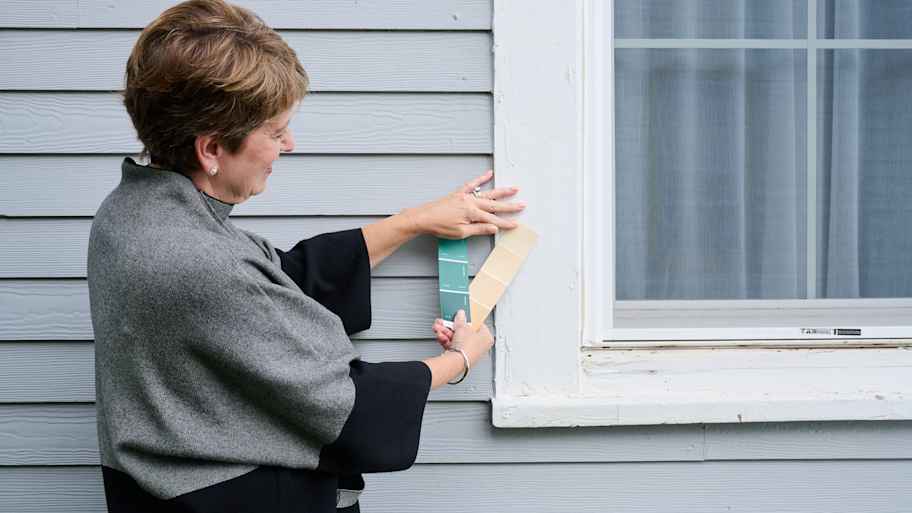Can You Paint Aluminum Siding on a House?
Fresh paint, fresh protection


You can paint aluminum siding to extend its lifespan.
You should use acrylic latex paint rather than oil-based paint.
Painting aluminum siding costs $3,125 to $8,300.
If your siding is in good condition, painting it is more cost-effective than replacing it.
Painted aluminum siding requires a bit more maintenance than the material's factory finish.
Aluminum siding is a popular exterior option for homes thanks to its durability, low maintenance, and resistance to pests and weather. Over time, the original color can fade, leaving homeowners wondering if painting it is a viable option. So, can you paint aluminum siding? The short answer is yes, but there are a few things you need to know for lasting results.
Can You Paint Aluminum Siding?
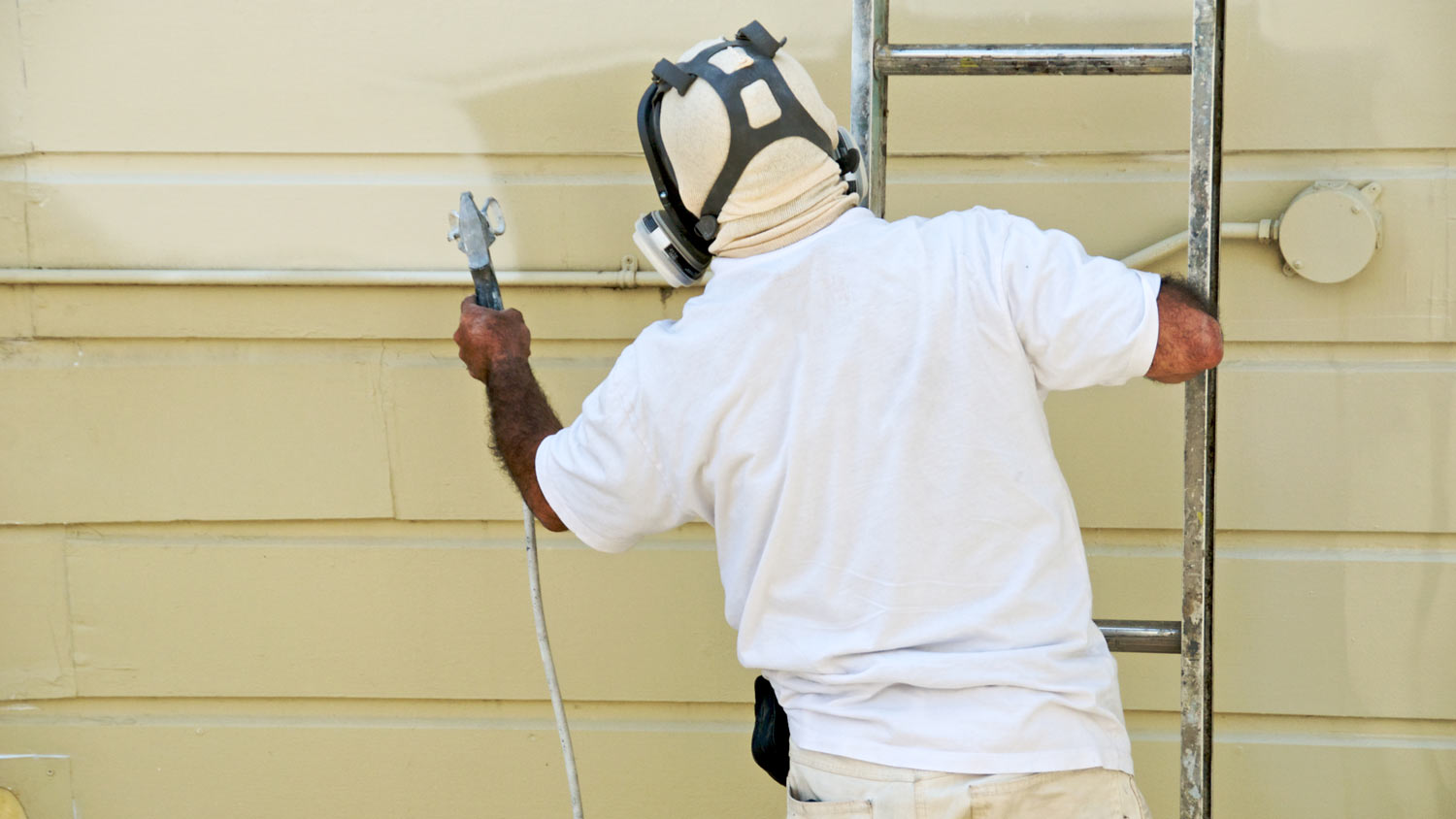
You can paint aluminum siding, and it's a cost-effective way to refresh your home's appearance and extend its lifespan. Painting aluminum siding allows you to breathe new life into the home's exterior without the high costs of replacing it. Over time, the original factory finish on aluminum siding can fade, chalk, or become outdated in style. A fresh coat of paint can dramatically improve the look, giving it a modern, updated feel.
Painting your home often requires getting on a ladder, which can be dangerous. Have a friend hold you steady or entrust the job to a painting professional to ensure your safety.
Pros and Cons of Painting Aluminum Siding
Painting aluminum siding offers significant cost savings compared to replacing it. The cost to paint aluminum siding ranges between $3,125 and $8,300. On the other hand, replacing your aluminum siding costs between $4,500 and $19,000.
Pros
With wide color options, you have the freedom to update your home to match current trends or personal preferences. A fresh coat of paint boosts curb appeal, potentially increasing the overall value of your property. Use a high-quality exterior paint to add a protective barrier, shielding the siding from moisture, UV rays, and other elements.
Cons
Painted siding requires more frequent maintenance than its factory finish. Exposure to the elements over time can cause the paint to fade, chip, or peel, so periodic touch-ups or repainting may be necessary. If the surface isn’t properly prepared before painting, the paint may not adhere well, leading to quicker deterioration.
If you choose the DIY route, the preparation process itself can also be labor-intensive, involving thorough cleaning, sanding, and priming. In most cases, it’s best to contact an exterior painter near you to paint your aluminum siding.
How to Choose the Best Paint for Aluminum Siding
Acrylic latex paint is the best paint for aluminum siding. This type of paint offers excellent adhesion to metal surfaces, provides superior durability, and resists fading and peeling. It also expands and contracts with temperature changes, a must for exterior applications. Avoid using oil-based paints, as they can become brittle, leading to cracking and peeling.
When choosing paint, search for features like weather resistance and UV protection. High-quality paints formulated for exterior use withstand harsh weather conditions, including rain, snow, and intense sunlight. This maintains the vibrancy of the color and prevents premature wear. Satin or eggshell finishes provide a smooth, attractive look that isn’t too shiny, while also helping to mask minor surface imperfections.
When Should You Replace vs. Paint Aluminum Siding?
Painting aluminum siding can be a great option for your home to refresh its appearance. However, some situations warrant replacement rather than a fresh coat of paint. Painting is only a temporary fix if the siding has extensive corrosion, warping, or structural damage. The issue could continue to worsen and result in costly repairs in the future.
While painting is a less expensive option upfront, if the siding is close to the end of its lifespan, investing in new siding would be more cost-effective. New siding can improve energy efficiency, provide better insulation, and offer a fresh, maintenance-free appearance.
Frequently Asked Questions
A quality paint job on aluminum siding can last five to 10 years, depending on the climate, the paint quality, and how well the surface was prepared before painting. Regular maintenance, like cleaning and occasional touch-ups, can help extend the life of the paint.
To clean painted aluminum siding, use a mixture of mild detergent and water applied with a soft brush or sponge. Rinse thoroughly with a garden hose to remove soap residue. For stubborn stains, cleaning aluminum siding with a power washer on a low-pressure setting can be effective. But avoid using high pressure, which could damage the paint.
Both brushing and spraying can be effective for painting aluminum siding, but spraying provides a smoother, more even finish with fewer visible brush marks. It’s faster for covering large areas, though it requires proper equipment and masking to avoid overspray. Brushing, while more time-consuming, allows for better control in tight spaces and can help with paint adhesion if done carefully.
